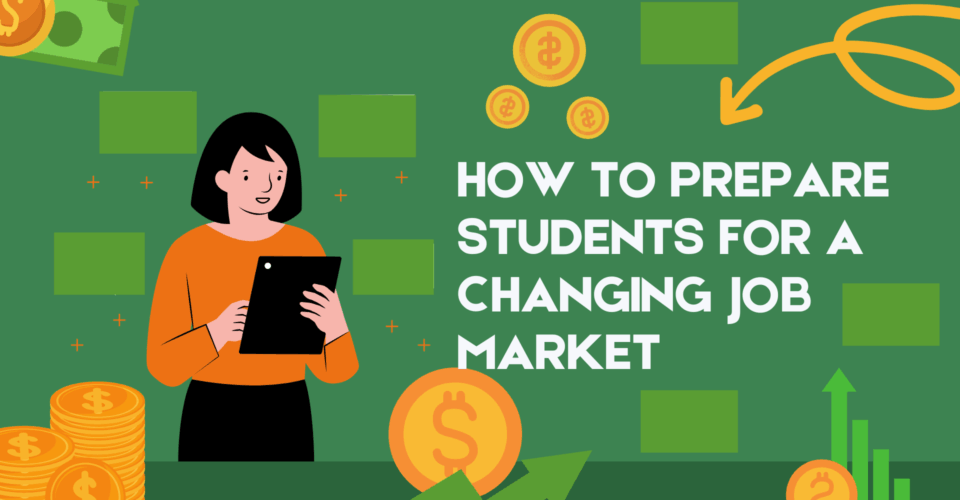Students, faculty and administrators at HBCUs are almost universally adopting generative AI tools for classwork and operations. With proper systemic implementation, leaders believe their schools are on the cusp of leading higher education in objective-driven use of the emerging technology.
Four out of five HBCU administrators now use AI for work or personal reasons. Nearly all students and faculty are also experimenting with the tool, according to a new report by the United Negro College Fund, Huston–Tillotson University and technology solutions provider Ellucian.
Campus engagement is largely occurring on a person-by-person basis. Faculty and administrators were generally unaware of their institution’s plans to adopt AI at scale or implement role-specific training.
Cost was identified as the top barrier for comprehensive AI plans. Without a policy, respondents expressed concern about perpetuating bias.
“Our students and faculty are embracing the tools of the future, but transformative access, training, and investment will determine whether this revolution narrows or widens opportunity,” said Ed Smith-Lewis, senior vice president of strategic partnerships and institutional program at United Negro College Fund.
Your next read: Here are 6 ways data analytics will change in higher ed
Strategic partnerships may provide HBCUs with a solution. EdAdvancement, a nonprofit focused on driving operational change at underresourced institutions, is now helping implement AI tools to boost enrollment and student outcomes.
“For years, HBCUs have figured out not only how to survive, but how to thrive, because we know that we’re not going to get the same resources, support or funding,” says Julian Capel, director of partner development at Ed Advancement. “It will be no different with how they implement AI and related technologies.”
The University of Maryland Eastern Shore, a public land-grant institution in Maryland, sought the help of EdAdvancement following the pandemic to recover from an 8% enrollment drop. The university implemented a chatbot in 2021 to provide students with personalized financial aid guidance; reach prospective and admitted students; and increase applications.
The chatbot helped decrease student holds by 95%. Without increasing workloads, the tool freed staff to offer personalized guidance to remaining students.
“It’s allowed us to remove barriers for enrollment for our students without them being on campus, without them having to stand in a line,” said Dr. Latoya Jenkins, vice president of enrollment management and student experience at Maryland Eastern Shore.
Enrollment at the HBCU has grown by 19% over the last four years.
More time to connect
The chatbot implemented by South Carolina State University in 2023 helped the HBCU grow its enrollment by 32% over the prior year.
EdAdvancement is currently working with over two dozen HBCUs. The projects are bigger than generative AI, and universities must be intentional with the goals they’re attempting to accomplish, Capel says.
“Yes, AI is a powerful tool, but we need to be strategic with how we use it to help institutions reach their strategic goals in three, five or 10 years.”
Hampton University in Virginia and Virginia State University have each adopted customer service management tools to improve the enrollment pipeline. Once burdened with manually processing paper forms, the two institutions can now automate the majority of the student application process and spend time connecting with students.



